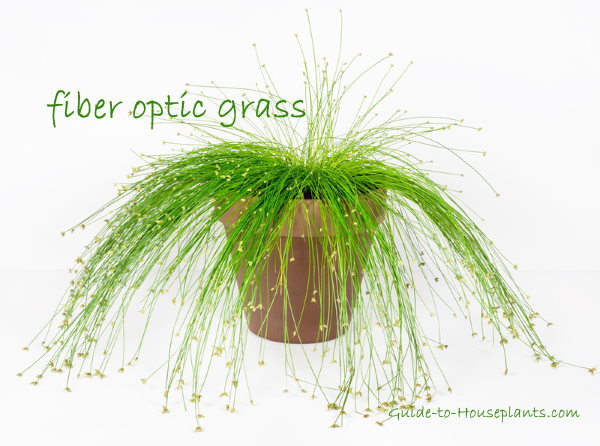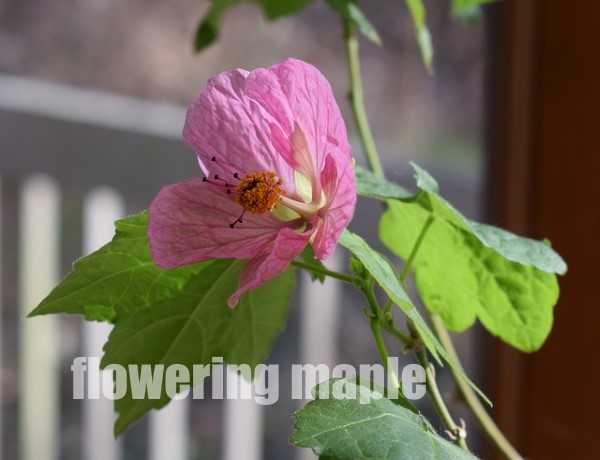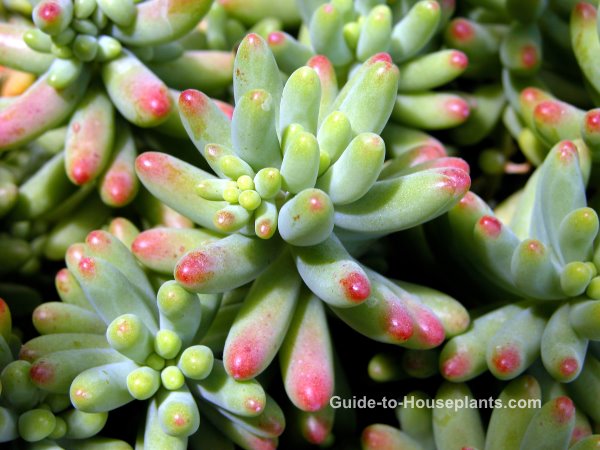Fiber Optic Grass
Fiber Optic Grass is an ornamental grass-like sedge with small, silvery white flowers at the tips. Its resemblance to fiber optic wire lends its common names, including Live Wire Grass.
If you like unusual indoor plants, you'll want to add Isolepis cernua to your collection. With its spiky, fountain-shape foliage, it's a fun plant to have around.
Get all the how-tos for growing fiber optic grass indoors or on your patio. Here you'll discover secrets to keep this showy ornamental thriving year-round.
 Fiber Optic Grass grows well in a container indoors or on the patio. Photo © Lawcain
Fiber Optic Grass grows well in a container indoors or on the patio. Photo © LawcainGet to Know Fiber Optic Grass
Growing in a clumping mound, Isolepis cernua spills over the sides of a container as it grows, making it ideal for a tall planter or even a hanging pot. Eye-catching on its own, this decorative grass-like sedge also adds texture among a display of foliage and flowering plants.
You'll find fiber optic grass for sale in garden centers and online nurseries in spring and summer. Plants are inexpensive, and you can also buy seeds. Sowing seeds is easy (see Propagation below).
Does fiber optic grass bloom? Yes! Those silvery white tips are actually tiny flowers. In autumn, you'll probably notice them turning brown -- this is normal.
How big does it get? This ornamental grass will grow up to 1 ft (30 cm) long, but will eventually lean over the side of the pot, rather than stand upright.
A perennial and evergreen, this showy sedge is an easy-care houseplant. Keep it warm and moist, give it sunlight, and you can expect blooms from spring through fall.
Fiber Optic Grass Problems, Solutions and Answers
Dry, brown foliage is a symptom of dry soil. Don't allow your houseplant to dry out. Foliage will turn yellow then brown when it gets too dry. Water thoroughly and often to keep the soil at least evenly moist at all times. Native to marshy areas of Southern Europe and Northern Africa, fiber optic grass doesn't mind soggy soil, so don't be stingy with the watering can.
Repot in spring, moving up to a container 1 size larger every 2-3 years, or when it becomes crowded. Spring is also a good time to divide the plant, if you want.
Is Fiber Optic Grass poisonous? Yes, both the plant and seeds are toxic if eaten. Keep them away from children and pets if there is any chance they may play with or ingest them. Isolepis cernua can also cause skin irritation so you may want to wear gloves when handling it. The good news is that fiber optic grass seems to shrug off pests; and if you put your plant outdoors for the summer, deer won't touch it.
Fiber Optic Grass Care Tips
Light: Preferably full sun; fiber optic grass will grow in indirect sunlight, but it may not grow as dense and full.
Water: Keep the soil moist or wet at all times. Constantly moist soil is needed to keep I. cernua healthy and thriving. Native to marshlands, this is one plant you can't overwater.
Humidity: Moderate room (about 40% relative humidity) or higher.
Temperature: Average to warm room temperatures (65-80°F/18-27°C) year-round. If you put this tender ornamental out on the patio for the summer, it can take the heat. But bring it back indoors when the temperature drops. It won't tolerate frost.
Soil: Peat moss-based mix, such as African violet potting mix.
Fertilizer: Feed monthly spring through fall with a balanced water-soluble fertilizer diluted by half.
Propagation: Sow seed in spring, barely covering the seeds. Keep the soil warm (around 70°F/21°C) and constantly moist. Mature plants can be divided and potted separately; spring is the best time to divide plants.

